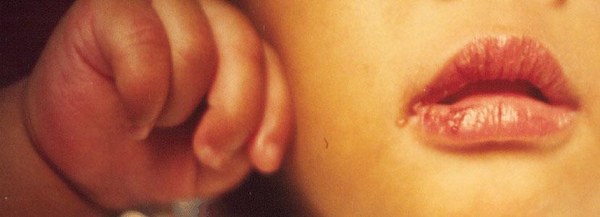Kawasaki Disease
Introduction

Kawasaki disease is a rare condition that mainly affects children under the age of five. It is also known as mucocutaneous lymph node syndrome. The characteristic symptoms are a high temperature that lasts for more than five days, with:
- Rash
- Swollen glands in the neck
- Dry, cracked lips
- Red fingers or toes
- Red eyes

By weeks 2–4, symptoms will become less severe but may last longer. At this stage, the affected child may have peeling skin on their fingers and toes.
See your GP if your child is unwell with the above symptoms. The symptoms of Kawasaki disease can be similar to those of other conditions that cause a fever in children.
Kawasaki disease cannot be prevented but if it is diagnosed and treated promptly, most children will make a full recovery within six to eight weeks.
It is thought that Kawasaki disease is caused by an infection, although the exact cause is not clear.
Treating Kawasaki disease
Kawasaki disease is usually treated in hospital because it can sometimes lead to serious complications
It is best if treatment begins as soon as possible, ideally within 10 days of the symptoms starting. The sooner treatment starts, the quicker the recovery time and the less risk there is of complications developing.
Aspirin and intravenous immunoglobulin (a solution of antibodies) are the two main medicines used to treat Kawasaki disease.
Complications of Kawasaki disease
Kawasaki disease causes the blood vessels to become inflamed and swollen, which can lead to complications in the coronary arteries (the blood vessels that supply blood to the heart).
Up to 5% of children with Kawasaki disease experience complications with their heart. In about 1% of cases, the complications can be fatal.
Because of this, the condition has become the leading cause of acquired heart disease (when the heart's blood supply is blocked or interrupted) in the UK.
Who is affected?
In the UK around eight in every 100,000 children develop Kawasaki disease each year.
Research carried out in England from 1998 to 2003 found that 72% of children with Kawasaki disease were under five years old. The condition was also shown to be one-and-a-half times more common in boys than in girls.

